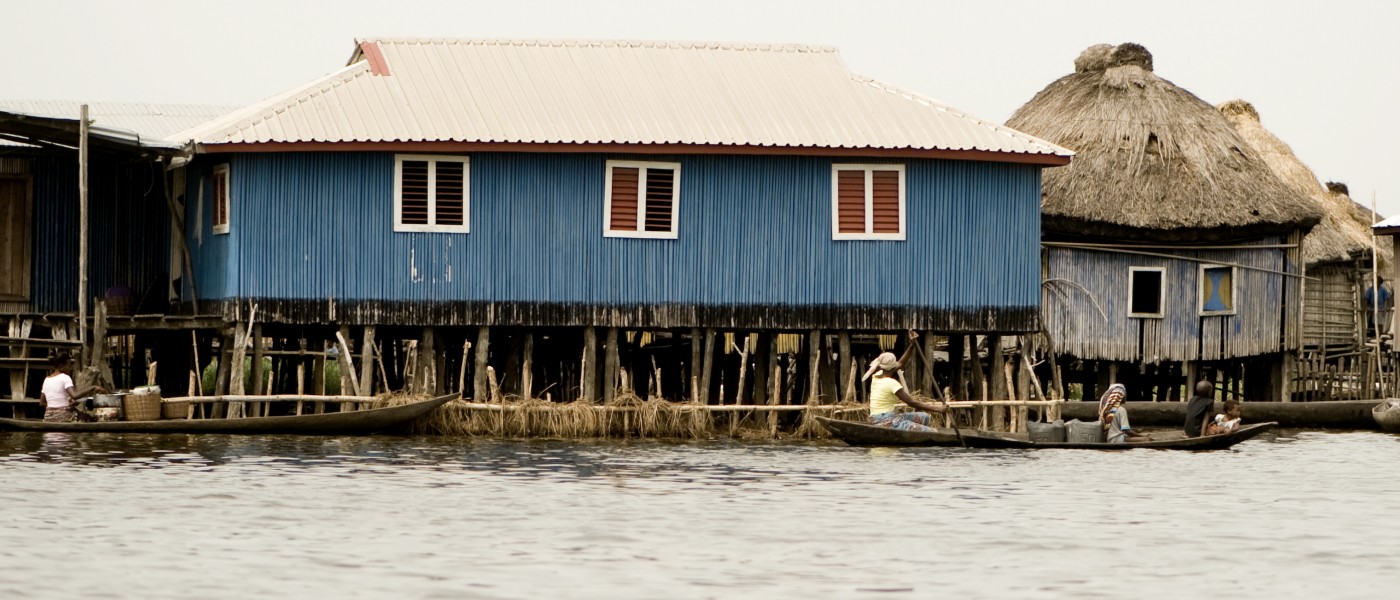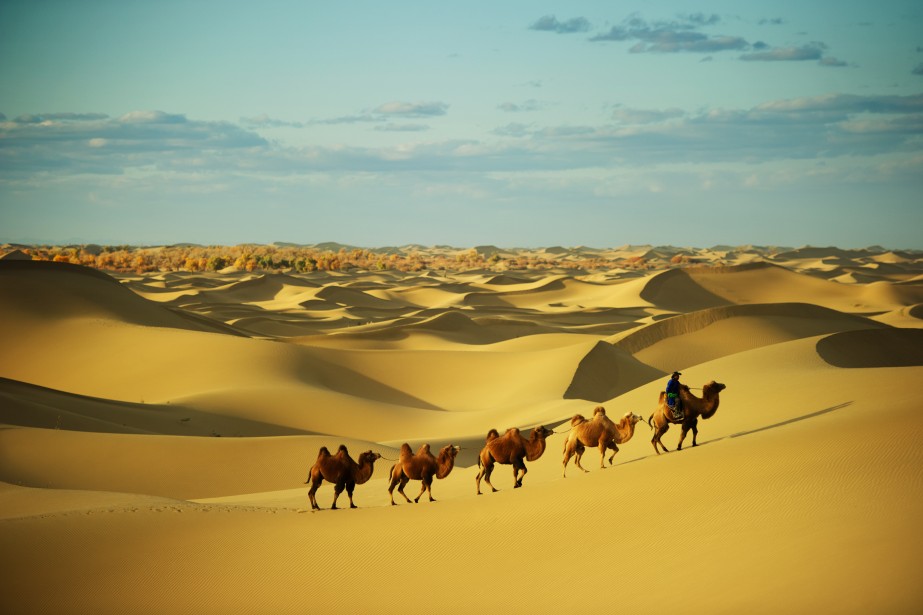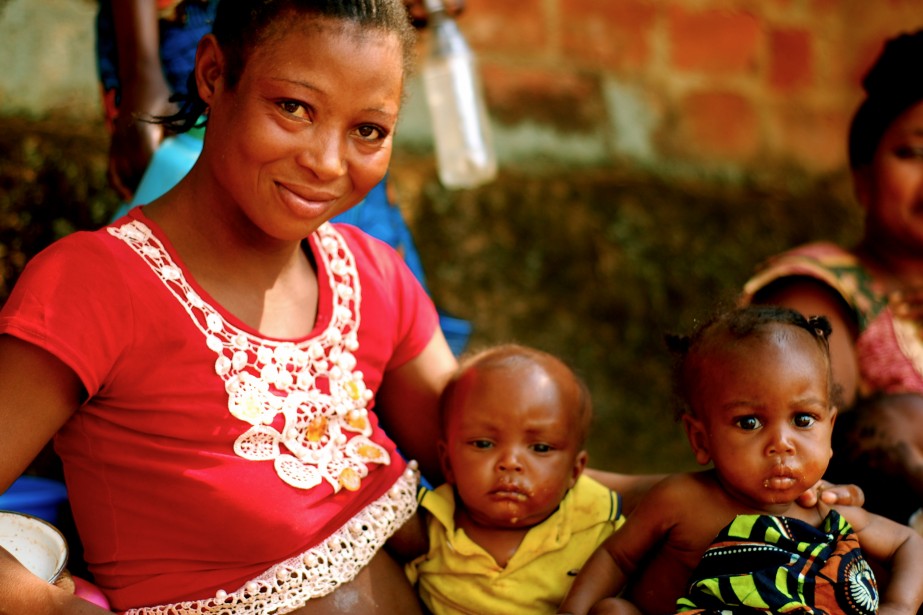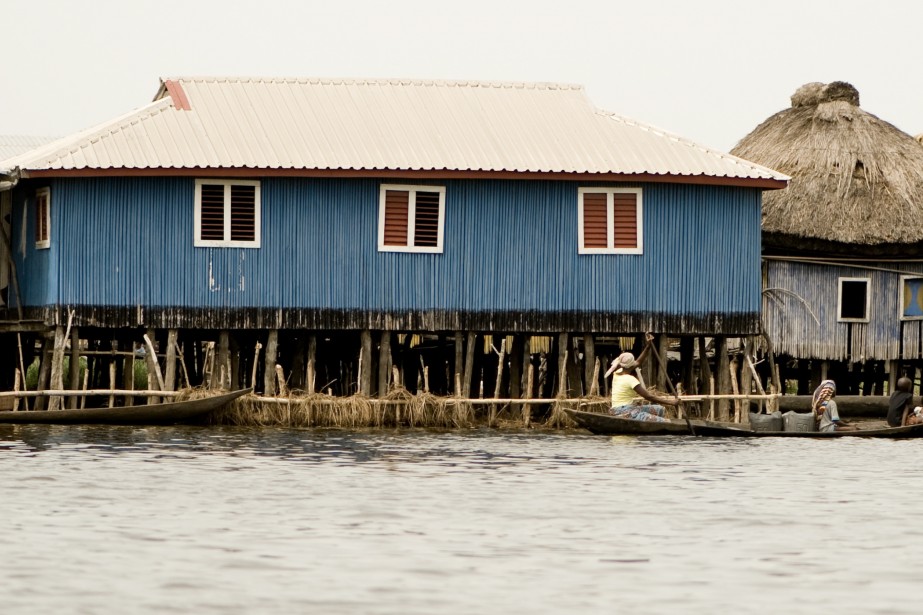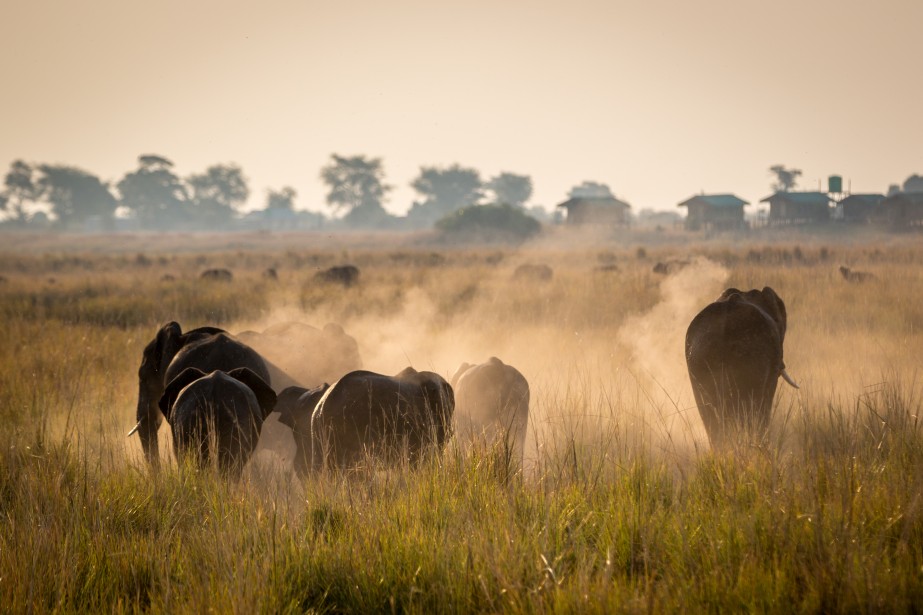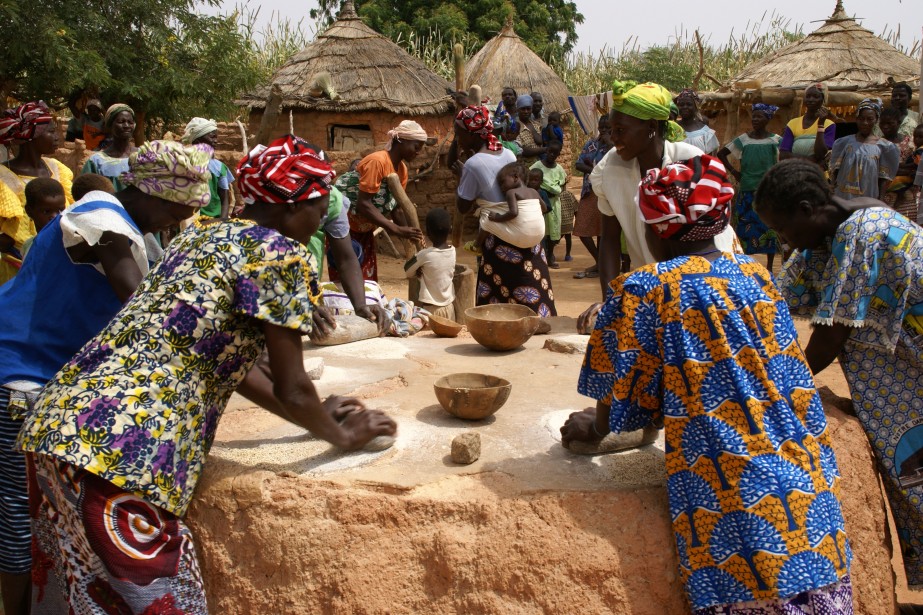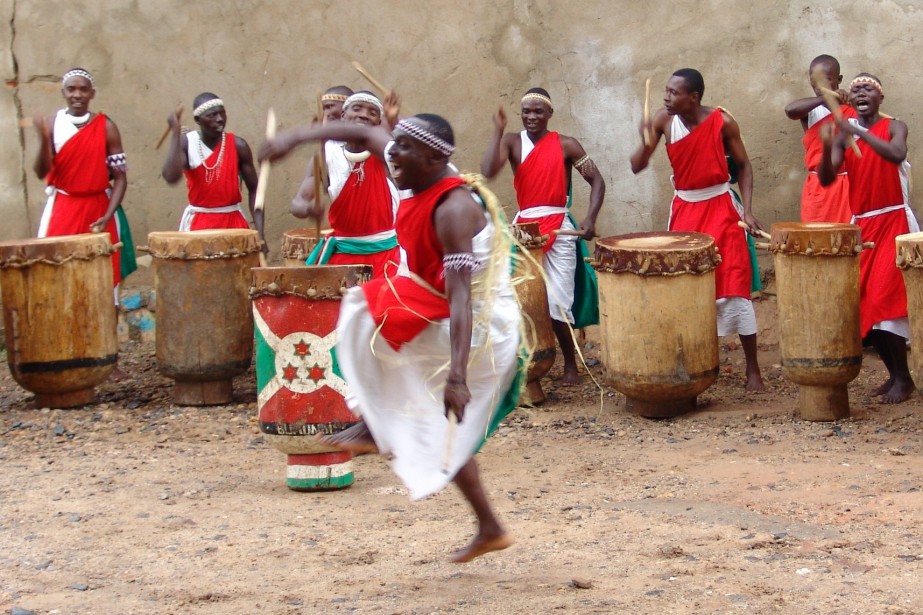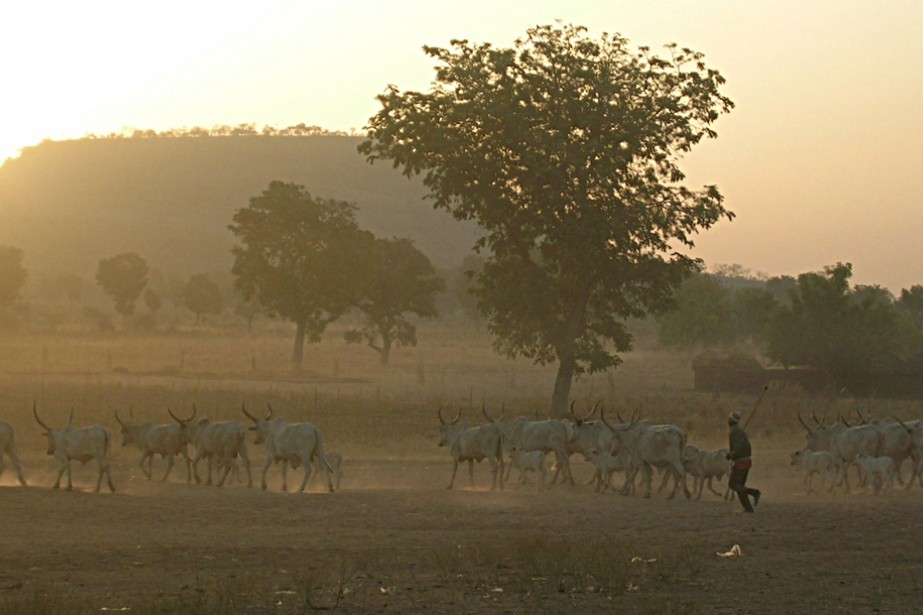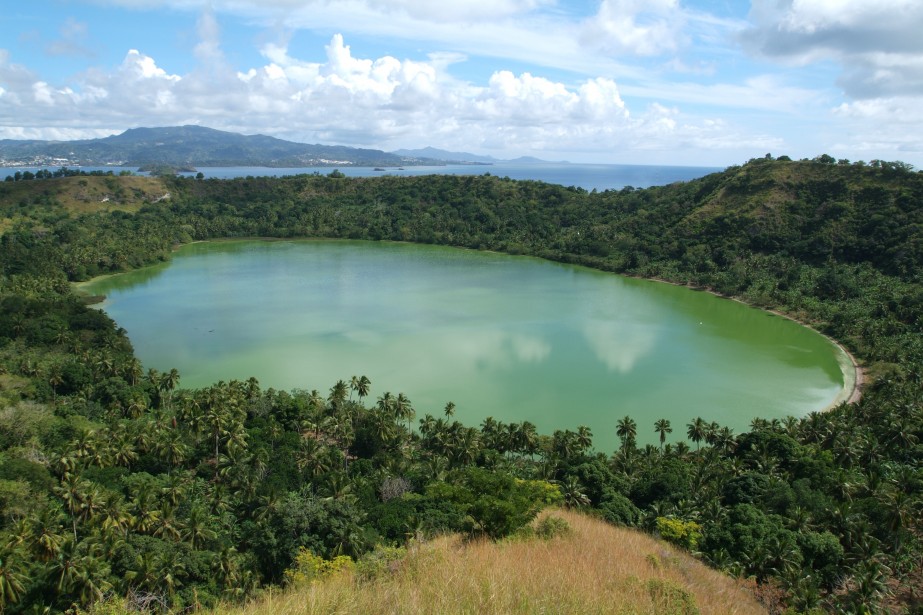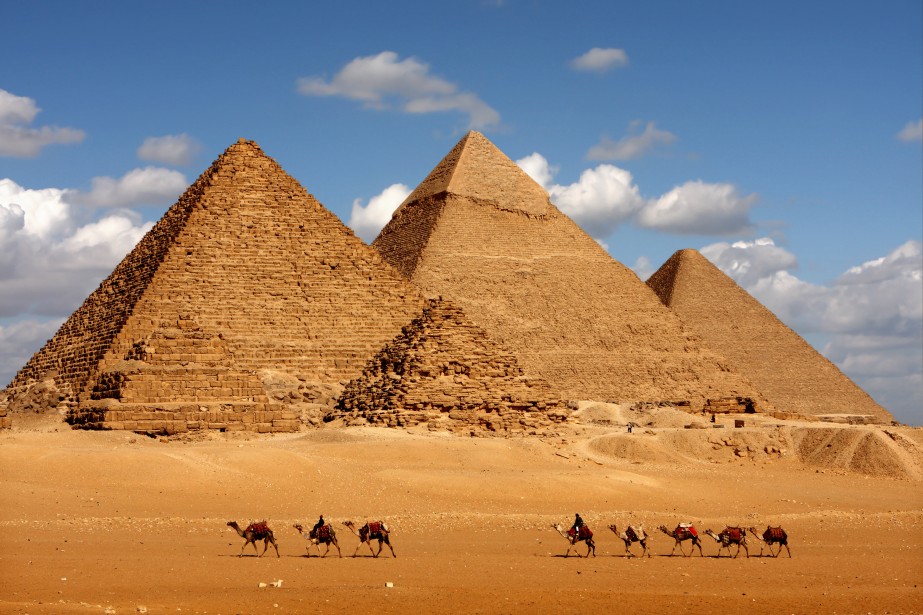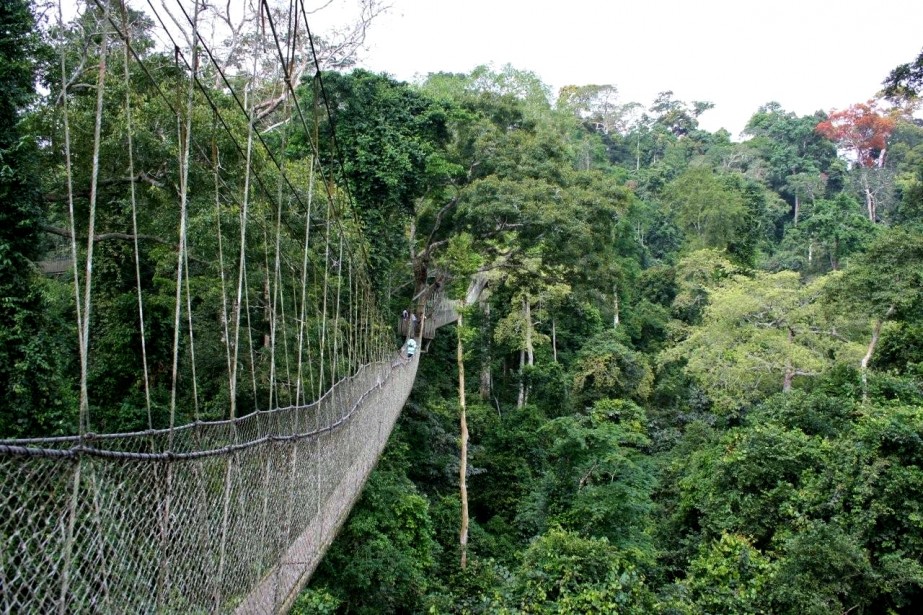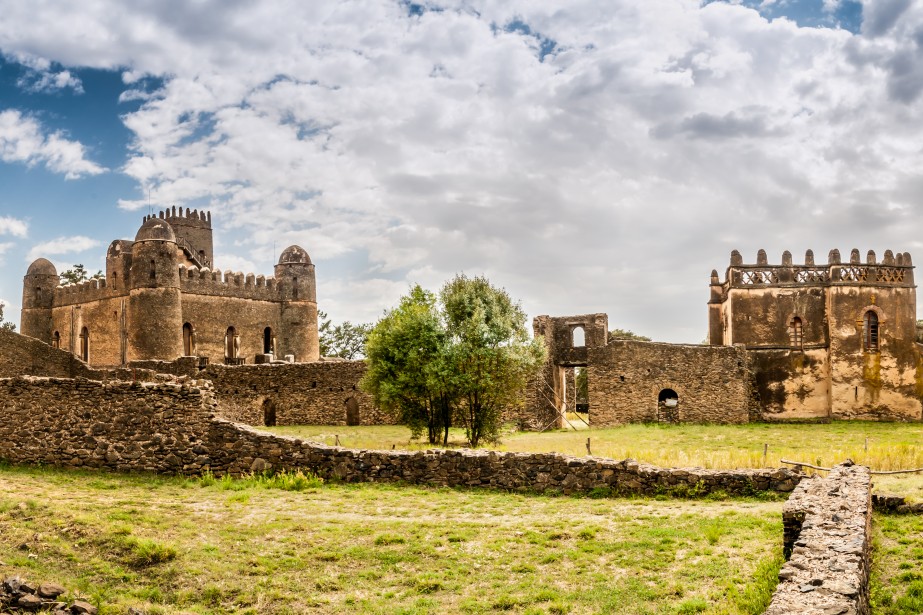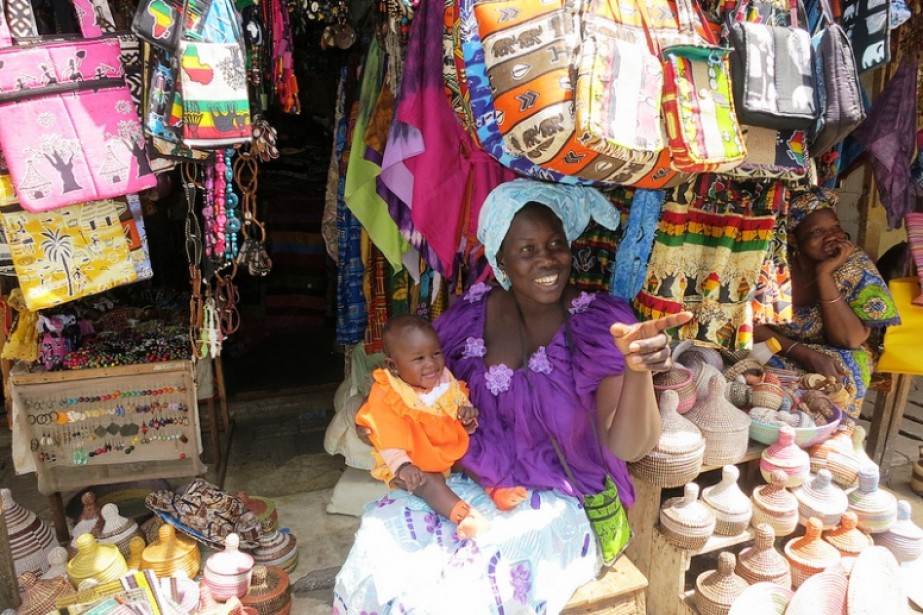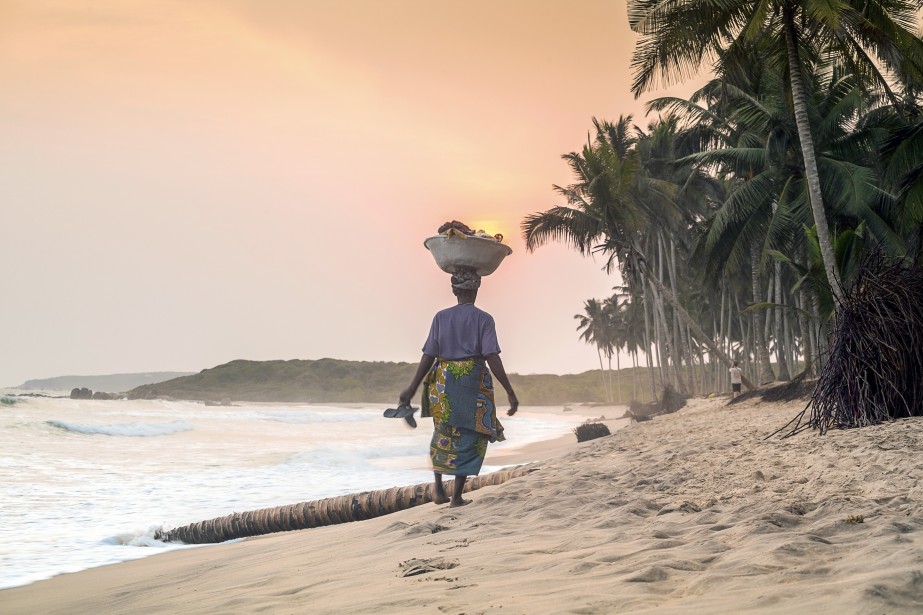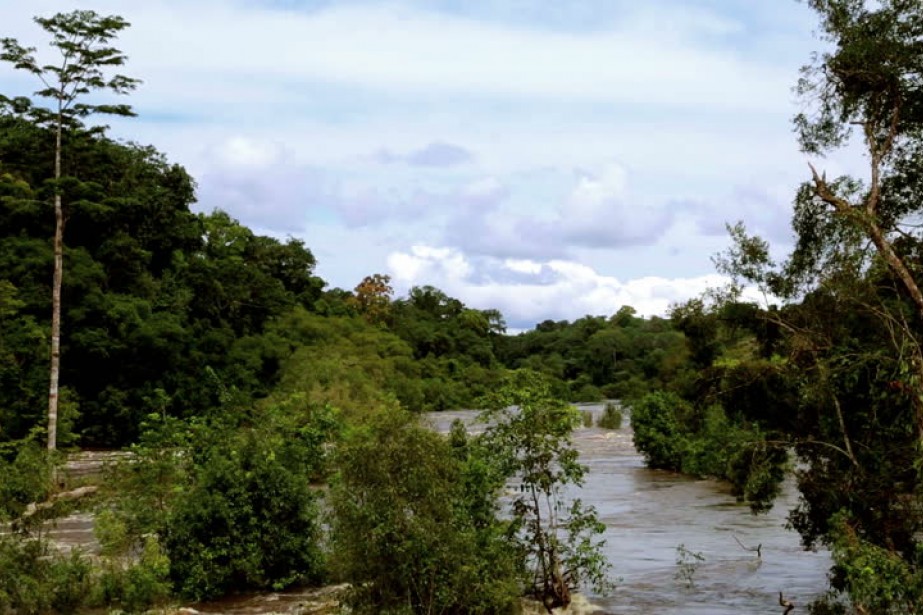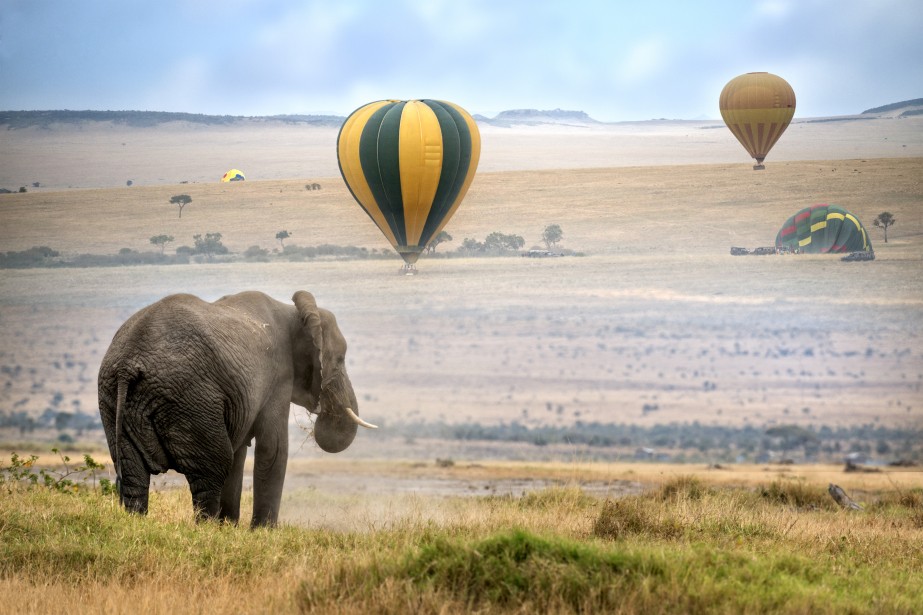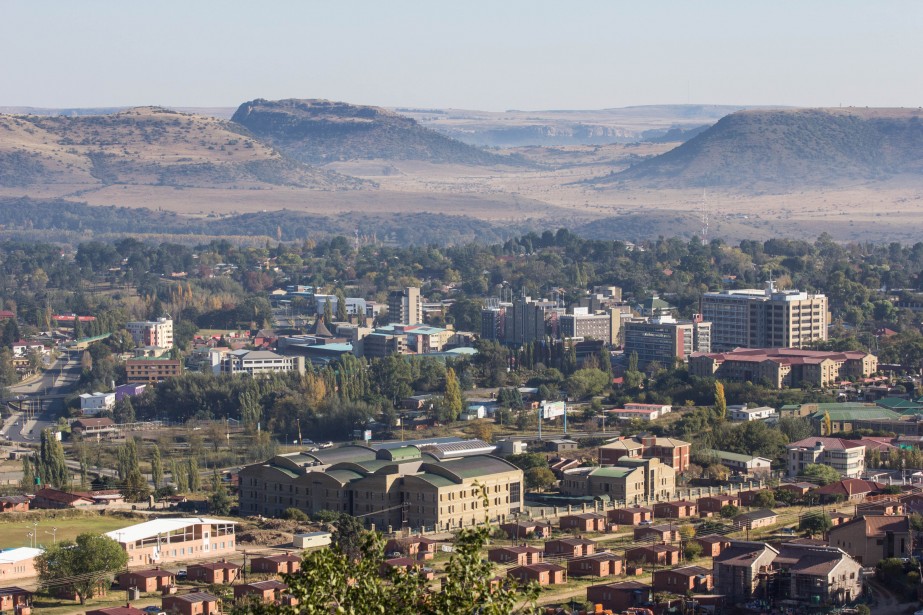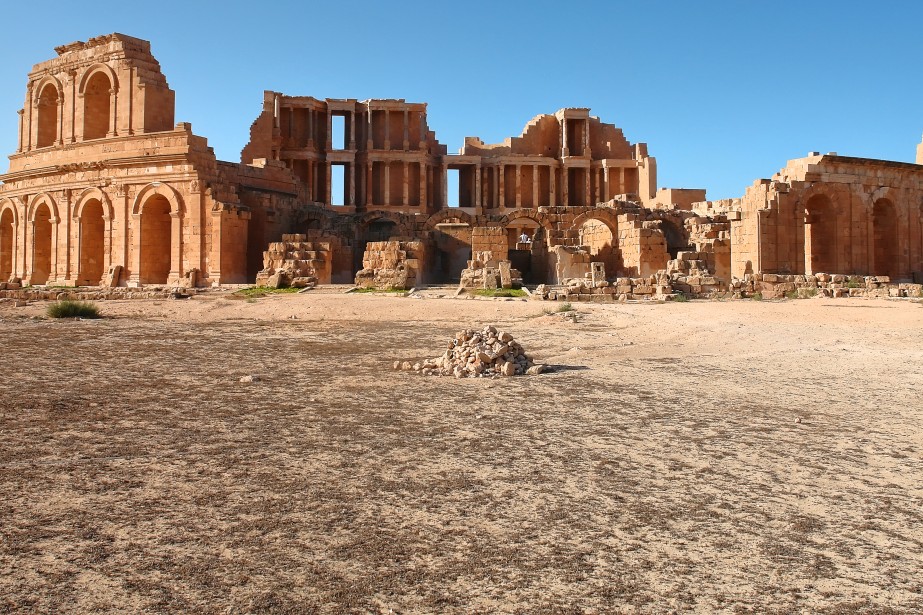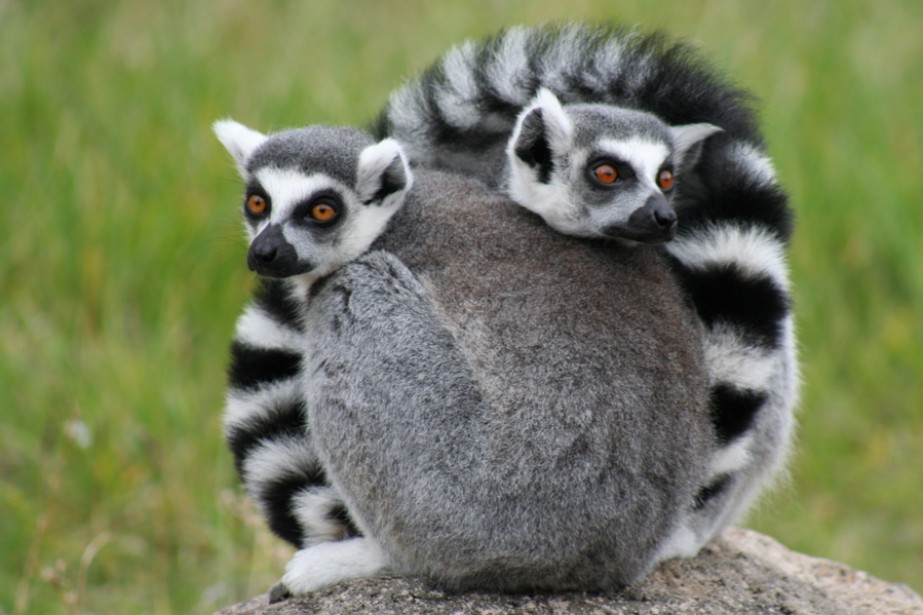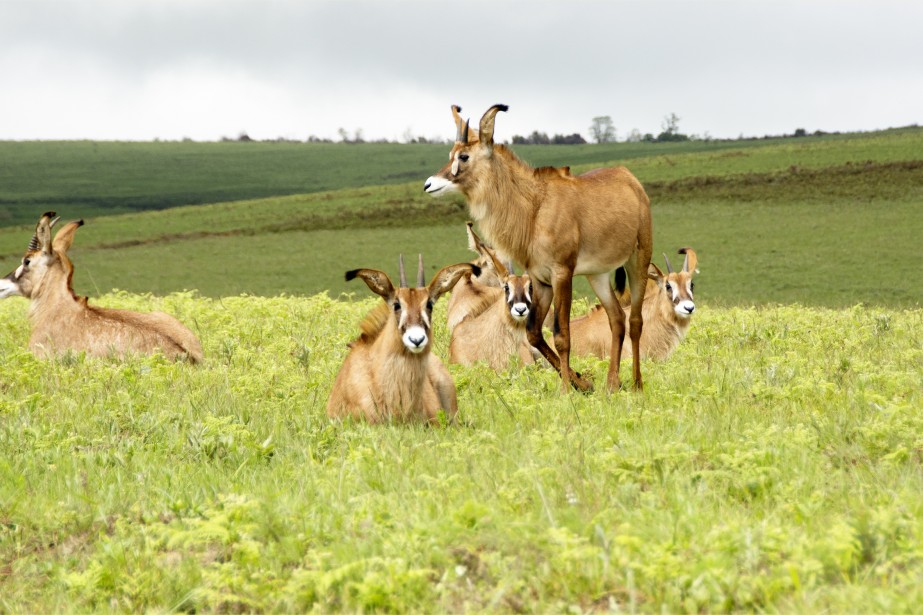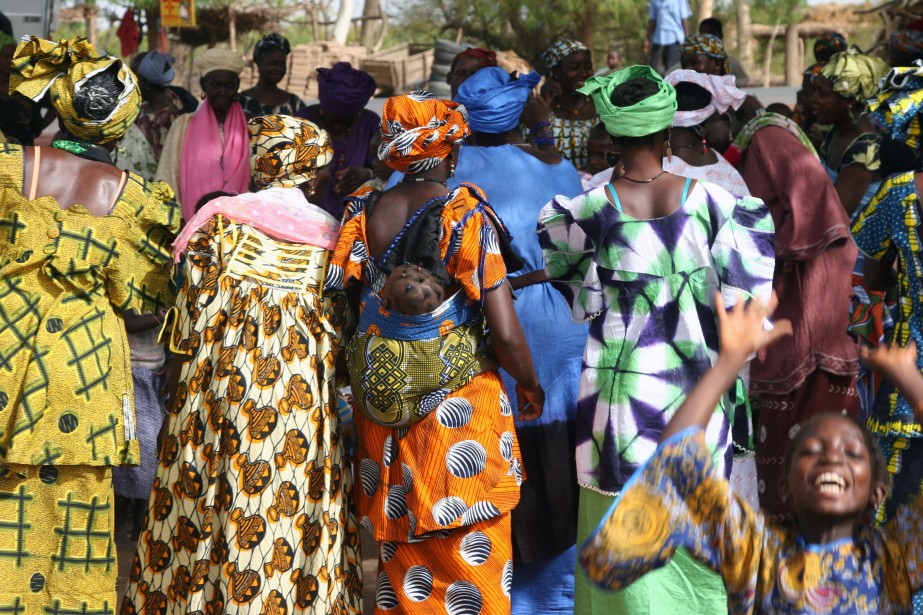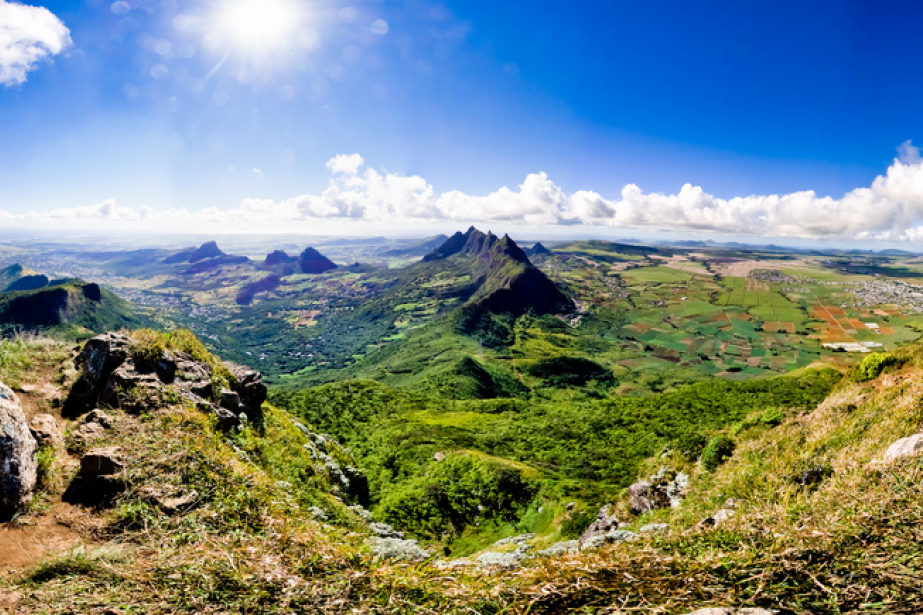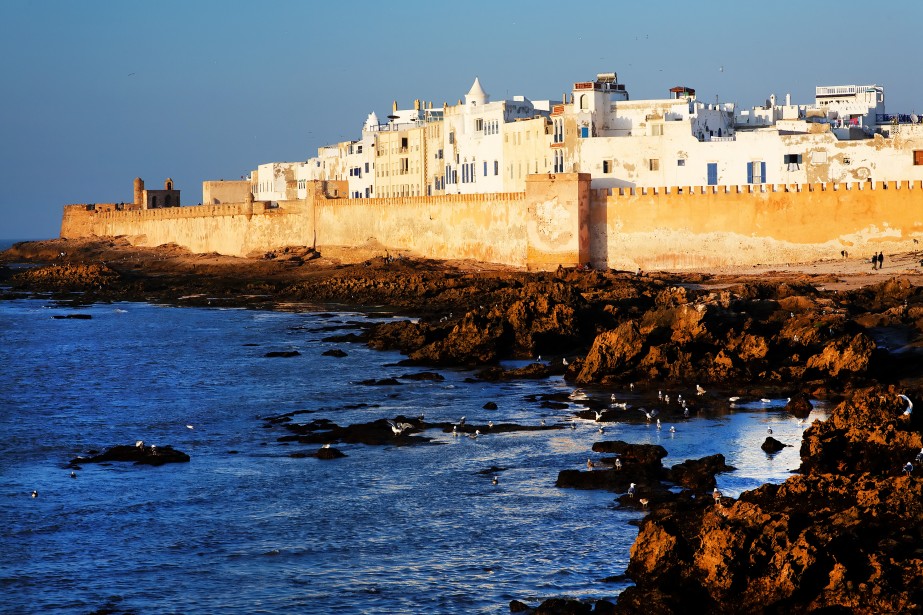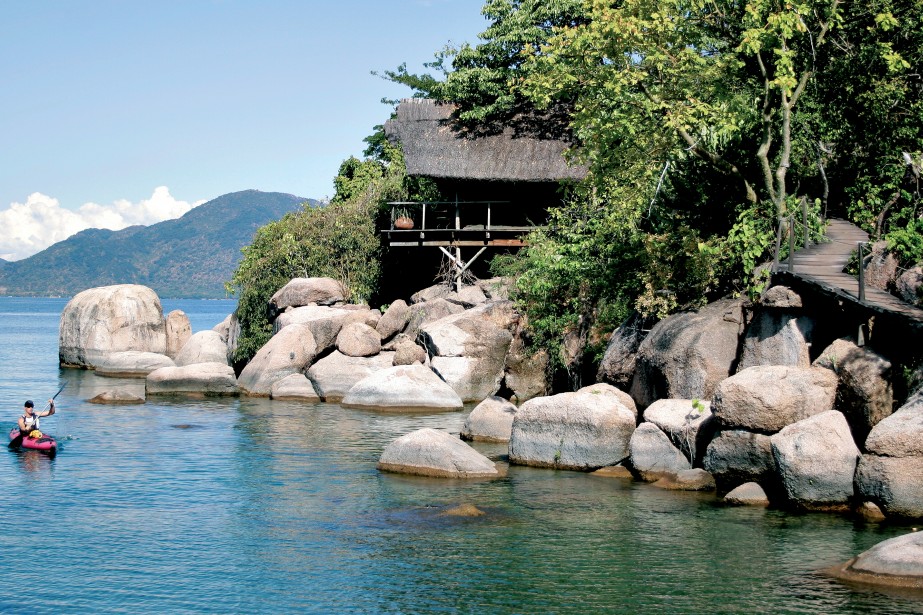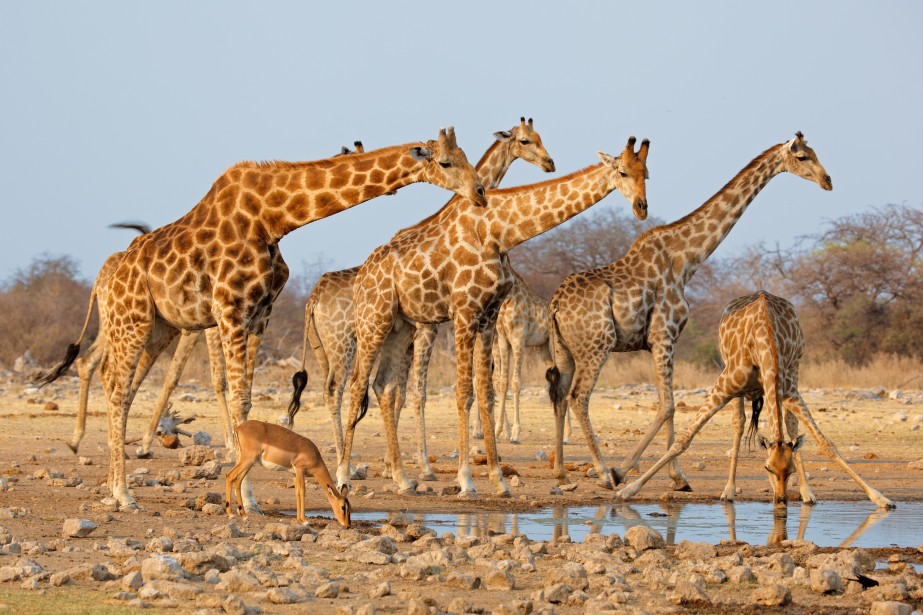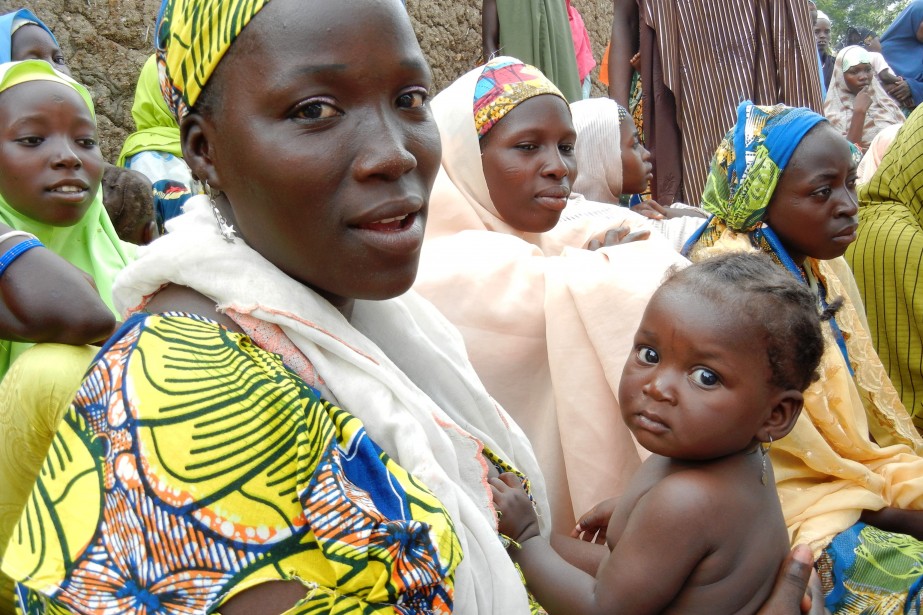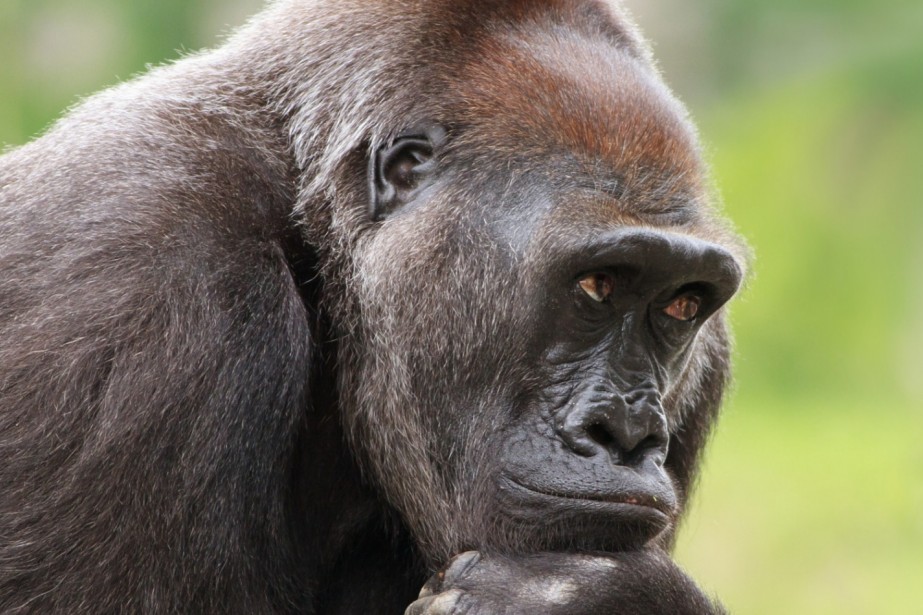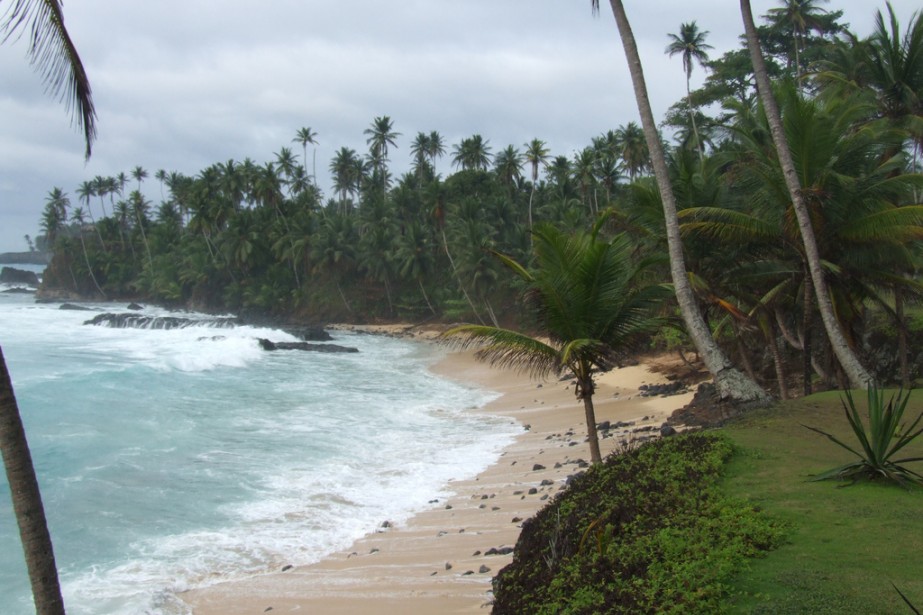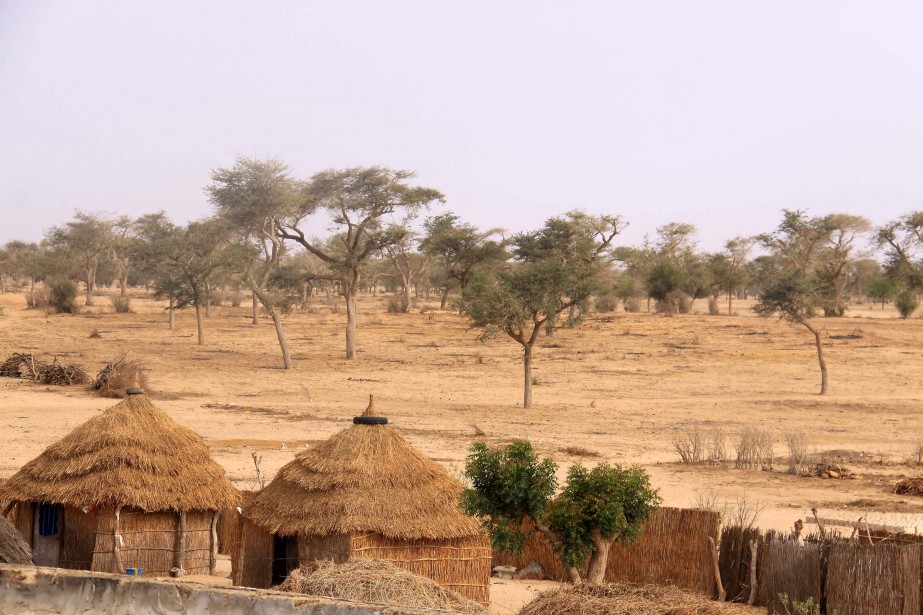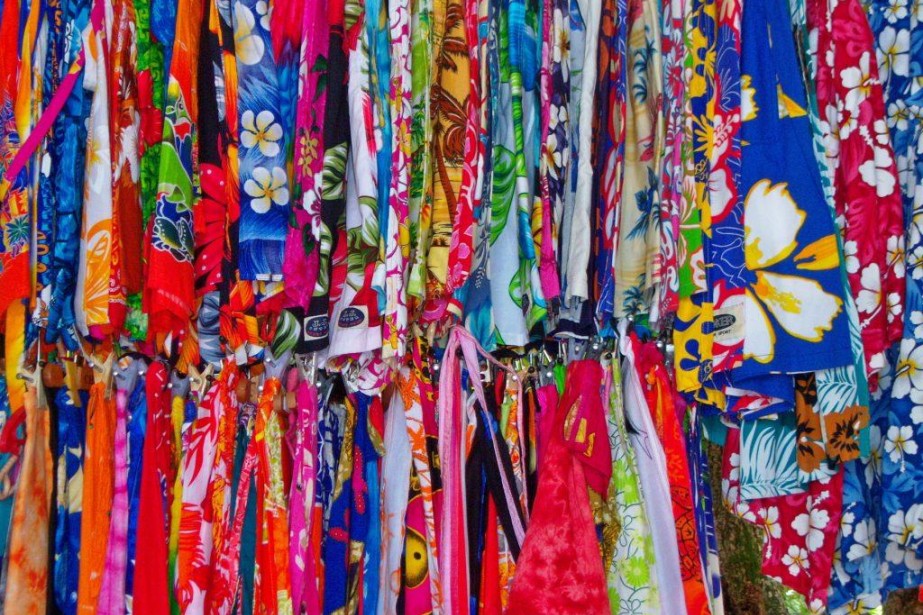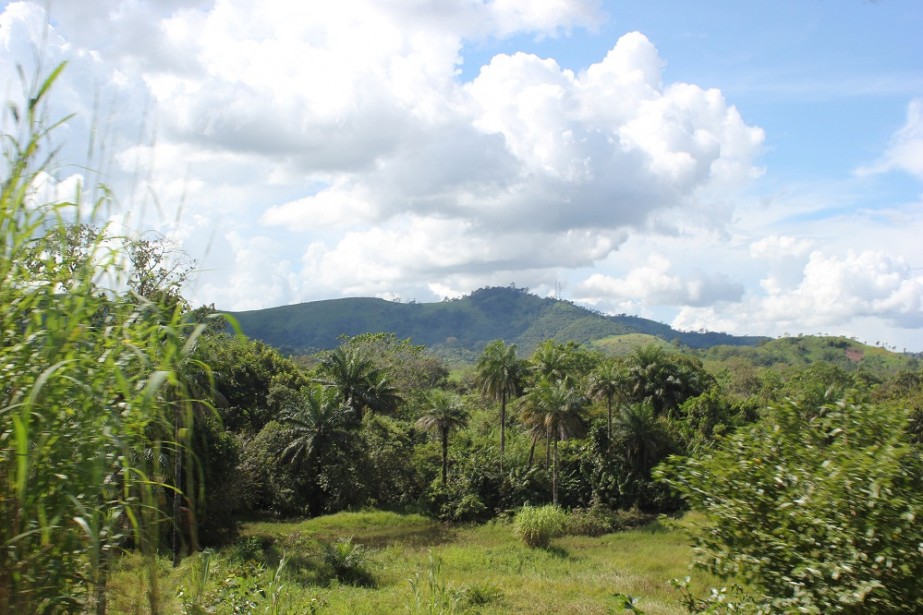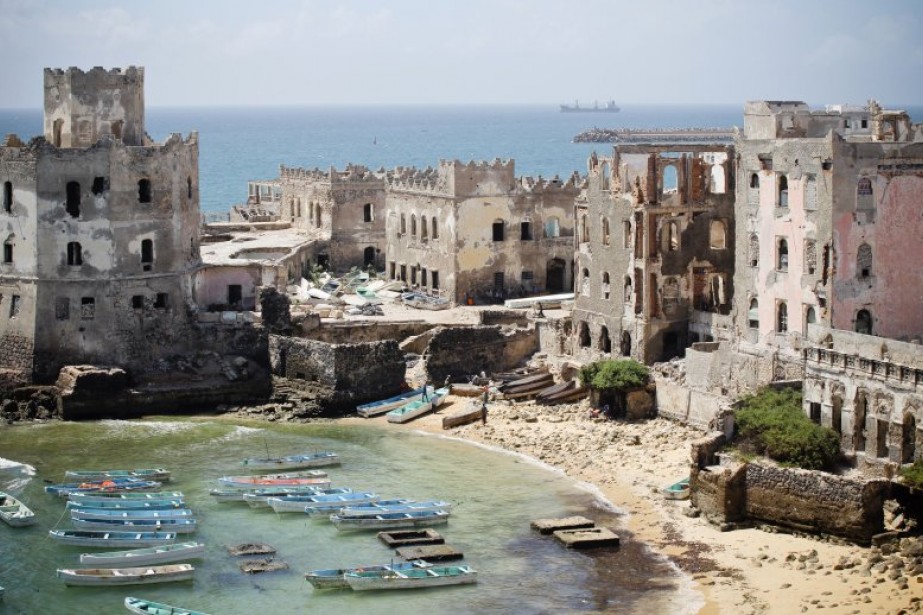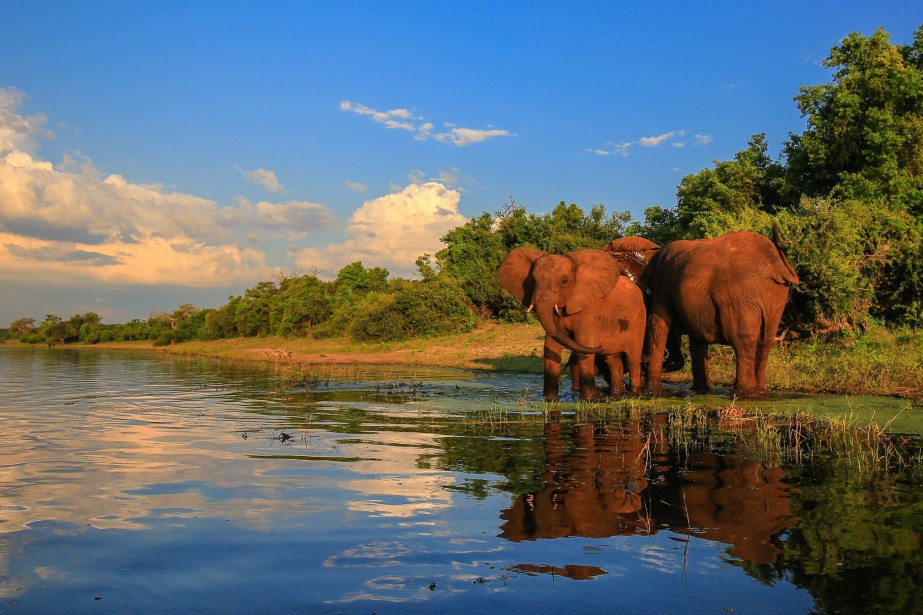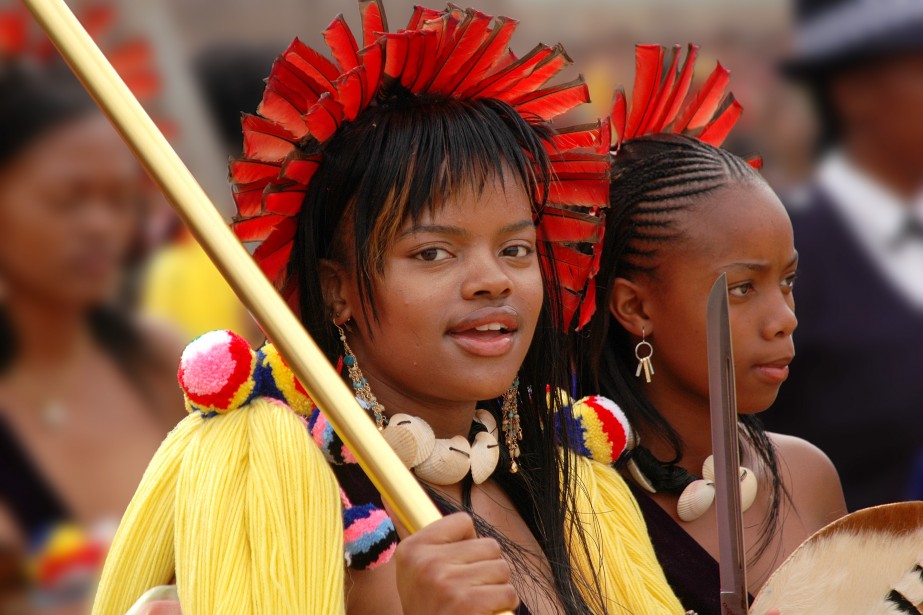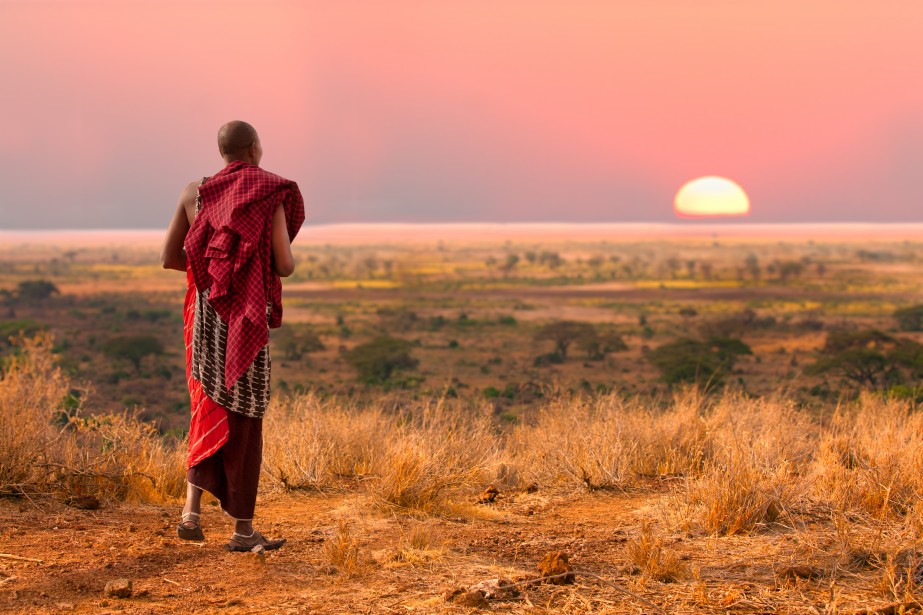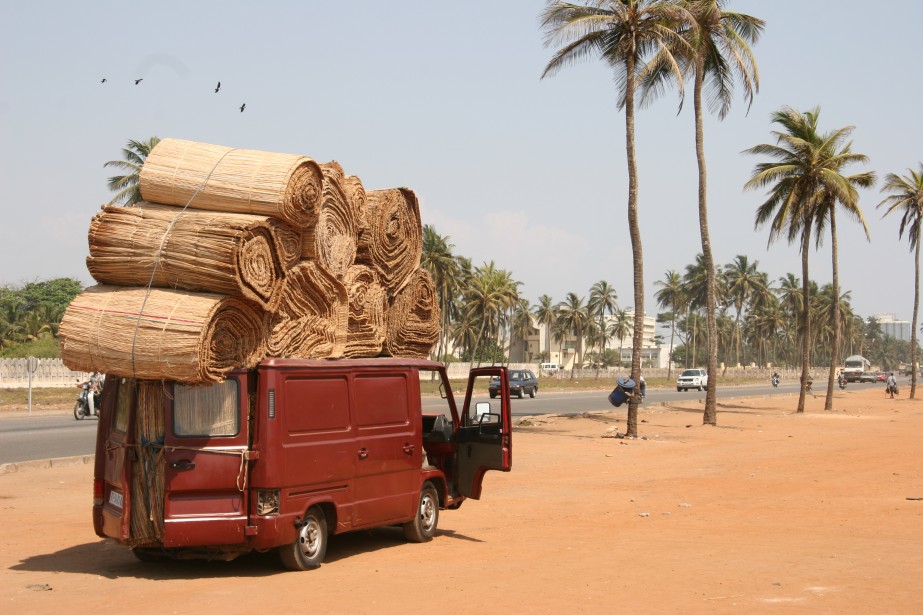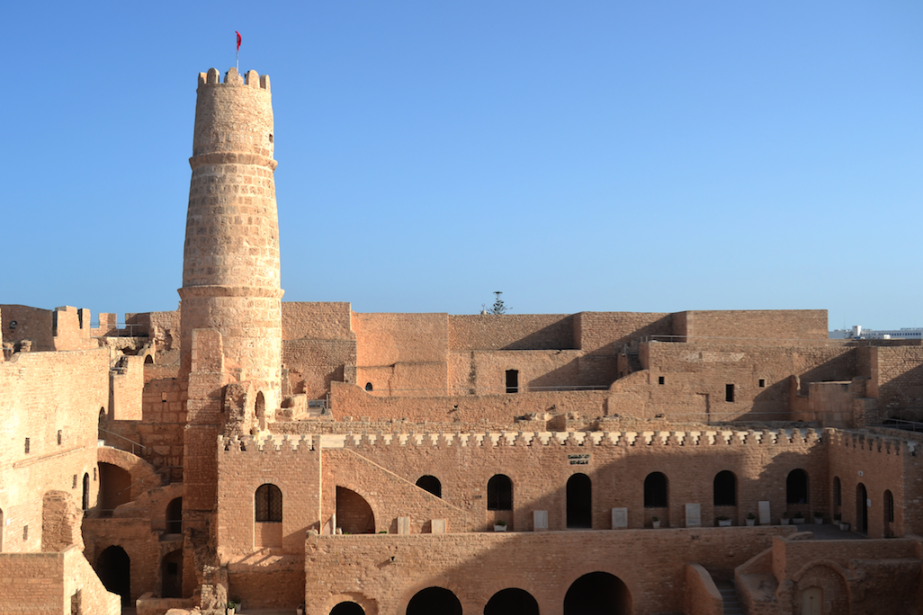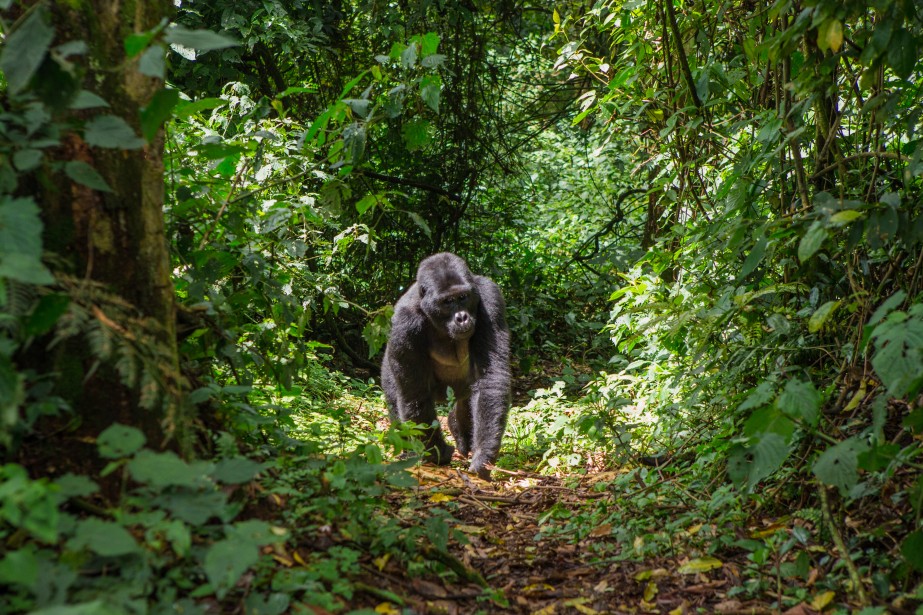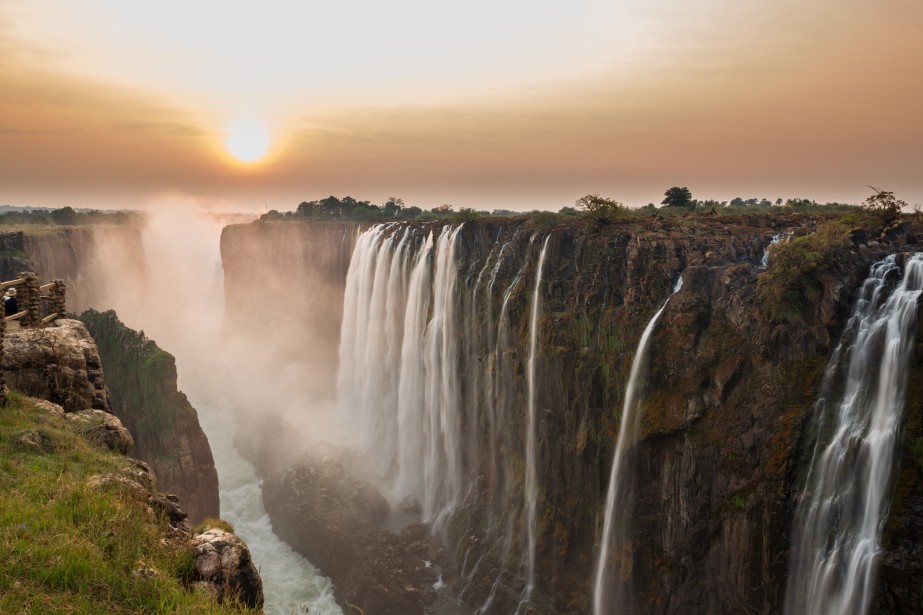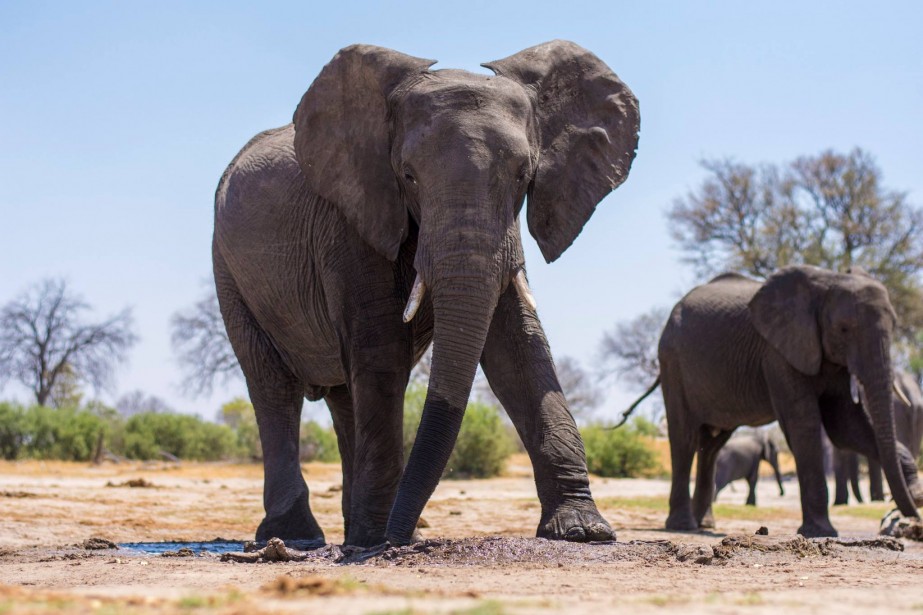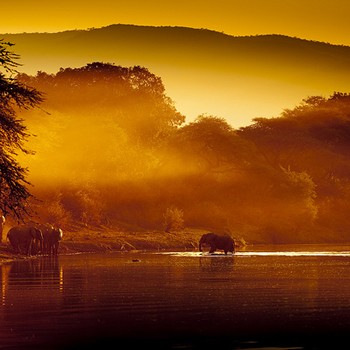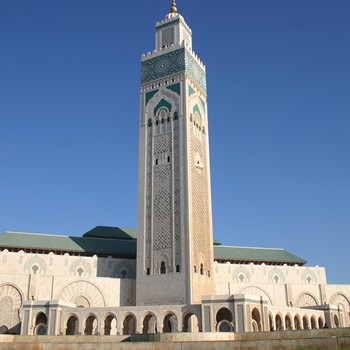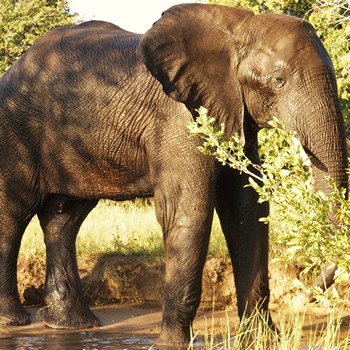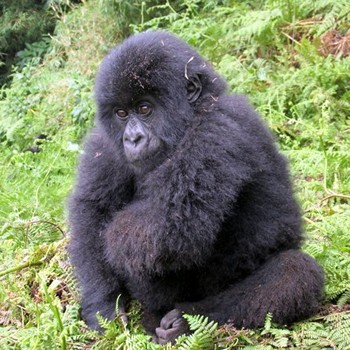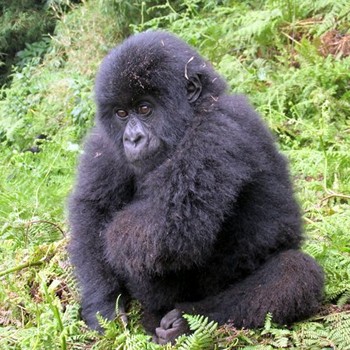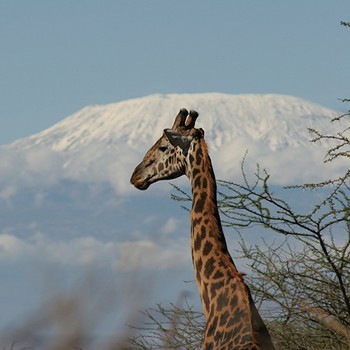Submitted by Pip Strickland on August 30, 2016
Overview
Squeezed between Togo, Nigeria, Burkina Faso and Niger is the small West African nation of a Benin, with a larger-than-life slave history and strong voodoo roots. It was here that the Dahomey Kingdom ruled from the 17th to 19th centuries, helping to supply a steady stream of slave labor to the New World. When slavery was abolished, the French took over, renaming the country French Dahomey and leaving their language as a legacy following independence in 1960.
This intoxicating history is still on vivid display along the poignant former slave route of Ouidah, as well as in the ruined temples and palaces of the former capital at Abomey. Benin is home to Africa’s largest lake village at Ganvie where those fleeing the Dahomey kings escaped, together with the national parks of W and Pendjari where big game wildlife roam.
While Benin may not be at the top of the list where African tourism is concerned, this friendly and culturally rich country rarely ceases to enchant.
When to travel - weather
Benin’s northern and southern regions experience two different weather patterns, with the south having an equatorial, temperate climate divided into four seasons and the north experiencing two distinct, but extreme, conditions. From January through to April, Benin’s south experiences their long, hot dry season, with another short dry spell in August. The rainy season begins at the start of April and stretches through until July, with a second short rainy season around September/October.
The north experiences its dry season from November through to June, with lower humidity levels but higher temperatures. The Harmattan winds also bring strong gusts from December through to around March, and this tends to be the peak tourist season when European visitors are on their winter holiday break. From mid-June through to the end of October the rains descends, averaging around 960mm per year.
Food and drink
Benin’s cuisine fuses West African flavors and traditions with European elements, particularly those of the colonizing French. In the south, fish and other seafood provide the main source of protein from the Atlantic Ocean, while in the north of the country, chicken is the most popular meat. Beef, pork, goat and even bush rat are also eaten, but due to the high cost of meats, they are usually eaten in small quantities and fat is added by frying in palm or peanut oil.
Benin is renowned for its tomato and peanut-based sauces which are used as the base of the country’s rich stews or served alongside fried dishes. Rice and couscous are common carbohydrates which accompany meats, while beans provide a cheap, but hearty, alternative source of protein.
Mandarins, oranges, bananas, pineapple and avocado are all widely grown across Benin and sold at street-side stalls everywhere, while yams provide the main staple across the north of the country. Fufu is a paste made from yam (known as garri when pounded from cassava) and served with moyo sauce (made from fried fish, tomatoes, onions and peppers), as well as ago glain stew (made from shellfish, tomatoes and chillies). Yams are also mashed into nam pile - a dish based on chicken consommé and featuring beef, peanuts, tomatoes, onion and chili.
Deep fried snacks including aloko (made from plantain), akkara (made from black-eyed peas), akpan (fried corn dumplings) and yovo doko doughnuts are also found easily at street-side stalls. If you are traveling to the north of the country, don’t miss the opportunity to try the locally-made wasagi - a soft cheese with a red rind, made by the Fulani people.
One of the most popular drinks in Benin is choukachou, often shortened to “chouk” - a millet beer produced in the north of the country, but drunk throughout the south also.
Popular vacation spots
Porto Novo - Benin’s relaxed capital is Porto Novo, home to many of the country’s major museums and crumbling colonial French buildings. Witness the intriguing architecture of its Brazilian-style Big Mosque, explore Benin’s history at the Musée da Silva and Porto Novo Museum of Ethnography, then discover the evocative royal history at the Musée Honmé of King Toffa’s Palace.
Natitingou - Located in Benin’s northwest is the city of Natitingou, home to a regional museum that offers a fascinating insight into the local Somba culture. Wander the exhibits that explore the ethnic group’s architectural style, history and artwork and visit the habitat room with examples of traditional Somba homes. Then travel into the rural surrounds to witness the fortified mud castles of the Betammaribe, known as Tata Somba, or “Somba house”.
Cotonou - Located on the south coast of Benin between the Atlantic Ocean and Lac Nokoué, Cotonou is the largest city in the country and its economic heart. Witness the distinct burgundy and white-striped Cathedral of Notre Dame de Miséricorde, walk the Ancien Pont Bridge which spans the Lagune de Cotonou, and delve into the shopping chaos at the 20-hectare Dantokpa Market.
Ouidah - Ouidah lies on Benin’s south coast and boasts a captivating slave trade history and deeply engrained voodoo culture. Between the 17th and 19th centuries, captured West Africans were led from the Fort of São João Baptista de Ajudá along a 4-kilometer sandy track to ships waiting to transport them across the Atlantic to be enslaved in the New World. Today visitors can follow in their footsteps, with poignant memorials along the way and a “Door of No Return” memorial arch at its end.
W National Park - Sprawling across the north of Benin, together with parts of Burkina Faso and Niger, the W National Park is named for the shape it makes along the edge of the Niger River. It’s renowned for its big game wildlife, including buffalo, hippopotamus, West African lions and some of the few remaining Northwest African cheetah and African elephants to be found in the region. More than 350 bird species have also been identified in the park, many of which are transitory migratory species.
Pendjari National Park - Situated in the far northwest of Benin and adjoining the Arli National Park in Burkina Faso, Pendjari is named after the river which traverses the park. Its rocky cliffs and grassy savannah provide a home for elephants, West African lions, hippopotamuses, Sudanese buffalo, western hartebeests and roan antelope, together with around 300 different bird species.
Abomey - The former capital of the Dahomey Empire, Abomey’s ruined temples and royal palaces now stand as a protected UNESCO World Heritage Site. You can gain a better understanding of the brutal Dahomey Empire and the role the kings played in the slave trade at the Abomey Historical Museum, where artifacts including a human skull-made throne are on display. As you wander through the numerous palaces, take note of the bas-reliefs and artwork depicting human sacrifice and torture.
Ganvie - Seemingly floating on Lake Nokoué near Cotonou is the stilt village of Ganvie, considered Africa’s largest lake village with a population of more than 20,000. Originally it was settled by the Tofino people fleeing the brutal rule and slave trade of the Dahomey kings during the 16th and 17th centuries, and has today evolved into a thriving town. Taking a boat tour is the best way to explore the unique way of life and trade of Ganvie, or you can opt to stay the night in one of the lake village’s stilt guesthouses.
Practical information
Language
The official language of Benin is French, but native African languages including Fon and Yoruba are still widely spoken across the south, while Bariba, Dendi and Fulani are spoken in the north. English is only spoken by a minority and you will have a far easier time communicating by learning some basic French.
Money
The official currency of Benin is the CFA (Communauté Financière Africaine) Franc, used across numerous former French-run West African countries. It has a fixed exchange rate to the Euro, with 100 CFA francs = 1 former French (nouveau) franc = 0.152449 Euro. CFA francs are also used across Central Africa, but be aware that only currency issued by the Banque des Etats de l'Afrique de l'Ouest (Bank of West African States) is valid in Benin.
There are numerous ATMs in the major towns and cities, with Visa the preferred withdrawal card, although some will also accept MasterCard. Most credit cards are accepted at some large hotels, but cash will be required for all other transactions. If you decide to take travelers checks, have them issued in Euros or Pounds Sterling for the best rates.
Health and Safety
Benin is a relatively safe country, provided you keep your wits about you and don’t walk alone at night, either in the cities and towns or along the beaches. Muggings are known to occur and pick-pocketing is not uncommon.
The level of medical care is generally of a good standard in Benin, but comprehensive travel insurance is highly advisable to cover the costs, together with evacuation for major treatments.
In the capital Cotonou, the tap water is safe to drink, but this is not always the case in more rural areas. Malaria is a problem throughout the country and anti-malaria medication should be taken as a precautionary measure. Yellow Fever vaccinations are compulsory before entering the country, while polio, hepatitis A and B and rabies are all highly recommended.

